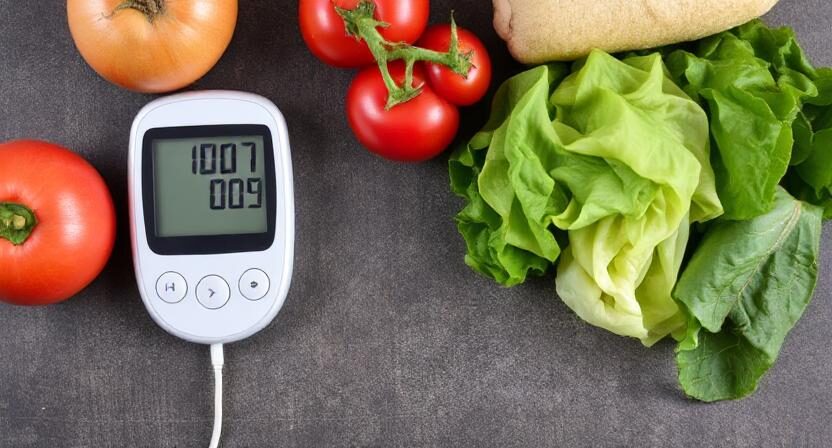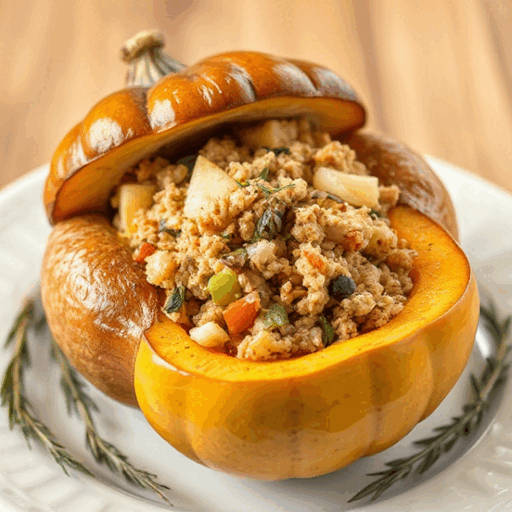14 Ways to Begin Healing…
Blog by Sherry Larson 14 Ways to Begin Healing Your…
Table of Contents
Toggle
Maintaining balanced blood sugar levels is essential for overall health and well-being. Unstable blood sugar can lead to energy crashes, mood swings, cravings, and even serious health conditions like diabetes. The good news is that there are many simple lifestyle and dietary changes you can implement to keep your blood sugar levels stable.
In this guide, we’ll explore nine effective ways to balance blood sugar naturally and improve your metabolic health.
One of the best ways to maintain stable blood sugar levels is by consuming at least 30 grams of protein at breakfast. Protein helps slow down the absorption of carbohydrates, reducing blood sugar spikes and keeping you full for longer.
Best Protein Sources for Breakfast:
A high-protein breakfast sets the tone for the rest of the day, preventing cravings and energy crashes.
Lack of sleep can significantly impact blood sugar regulation by increasing insulin resistance and elevating cortisol levels (the stress hormone). Aim for at least 7-9 hours of quality sleep each night to support healthy glucose metabolism.
Tips for Better Sleep:
Regular physical activity, even something as simple as walking, helps lower blood sugar by improving insulin sensitivity and increasing glucose uptake by muscles. Aim for at least 7,000-10,000 steps per day.
Ways to Increase Daily Steps:
Exercise is one of the most effective tools for blood sugar regulation, so make it a daily habit.
Muscle mass plays a crucial role in blood sugar regulation because muscles store glucose in the form of glycogen. Strength training 2-4 times per week can improve insulin sensitivity and reduce blood sugar spikes.
Best Strength Training Exercises:
Even a few sessions per week can lead to significant improvements in blood sugar balance.
Ultra-processed foods are loaded with refined sugars, unhealthy fats, and preservatives, all of which contribute to blood sugar spikes and inflammation. Instead, focus on whole, nutrient-dense foods.
Foods to Avoid:
Better Alternatives:
Fiber slows down the digestion of carbohydrates, preventing rapid blood sugar spikes and promoting gut health. Aim for at least 25-35 grams of fiber daily.
High-Fiber Foods:
Pairing fiber with protein and healthy fats helps create balanced meals that keep blood sugar levels stable.
Apple cider vinegar (ACV) has been shown to improve insulin sensitivity and reduce post-meal blood sugar spikes. Taking 1-2 tablespoons of diluted ACV before meals can help stabilize glucose levels.
How to Use ACV:
Eating too quickly can lead to overeating and higher blood sugar levels. Mindful eating encourages better digestion and blood sugar control by allowing your body to recognize fullness signals.
Tips for Mindful Eating:
Being mindful of how and what you eat can make a huge difference in stabilizing blood sugar levels.
Sugary beverages like soda, fruit juices, and energy drinks cause rapid blood sugar spikes and contribute to insulin resistance over time. Cutting back on these drinks is one of the simplest yet most impactful ways to manage blood sugar.
Healthy Drink Alternatives:
If you do consume fruit juice, opt for small portions of 100% natural juice and pair it with a protein source to slow down sugar absorption.
Conclusion
Balancing blood sugar naturally is achievable with simple lifestyle and dietary modifications. By incorporating high-protein meals, regular exercise, quality sleep, and whole foods into your daily routine, you can prevent blood sugar fluctuations and improve overall health.
Start with small, manageable changes and build upon them over time. Your body will thank you with steady energy, improved focus, and better long-term metabolic health.
Stay consistent, and your blood sugar levels will naturally stay balanced!
Blog by Sherry Larson The Hidden Dangers of Diet Cola: What You Need to Know Diet cola has…
Blog by Sherry Larson 14 Ways to Begin Healing Your Gut and Transform Your Health …
Blog by Sherry Larson Prebiotics vs. Probiotics: Understanding the Key to Gut Health Gut health plays a crucial…
Blog by Sherry Larson The Hidden Benefits of Sunlight: More Than Just Vitamin D Sunlight is often associated…
Blog by Sherry Larson The Deceptive Marketing of “Natural” Labels on Processed Foods Consumers are becoming more health-conscious,…
Blog by Sherry Larson The Power of Anti-Inflammatory Juice: Carrot, Ginger, Turmeric, Lemon, and Pineapple Inflammation is the…
Blog by Sherry Larson 12 Things Healthy People Do Differently: A Blueprint for Well-Being Health is not just…
Blog by Sherry Larson Health is Found in the Produce Aisle: The Power of Whole Foods …
Blog by Sherry Larson Food as the Most Abused Anxiety Drug and Exercise as the Most Underutilized Antidepressant …
copyright © 2025 Anti-Inflammatory Approach. All rights reserved. Unauthorized reproduction, distribution, or use of any content, including text, images, recipes, or other materials on this website, is strictly prohibited without prior written permission. This website’s content is provided for informational purposes only and does not constitute medical or professional advice.


This $1 anti-inflammatory cookbook is packed with simple, tasty recipes to reduce inflammation and improve energy. Don’t miss out—get it now on Amazon!